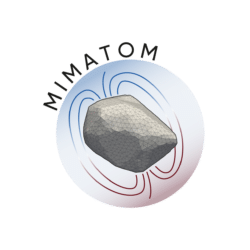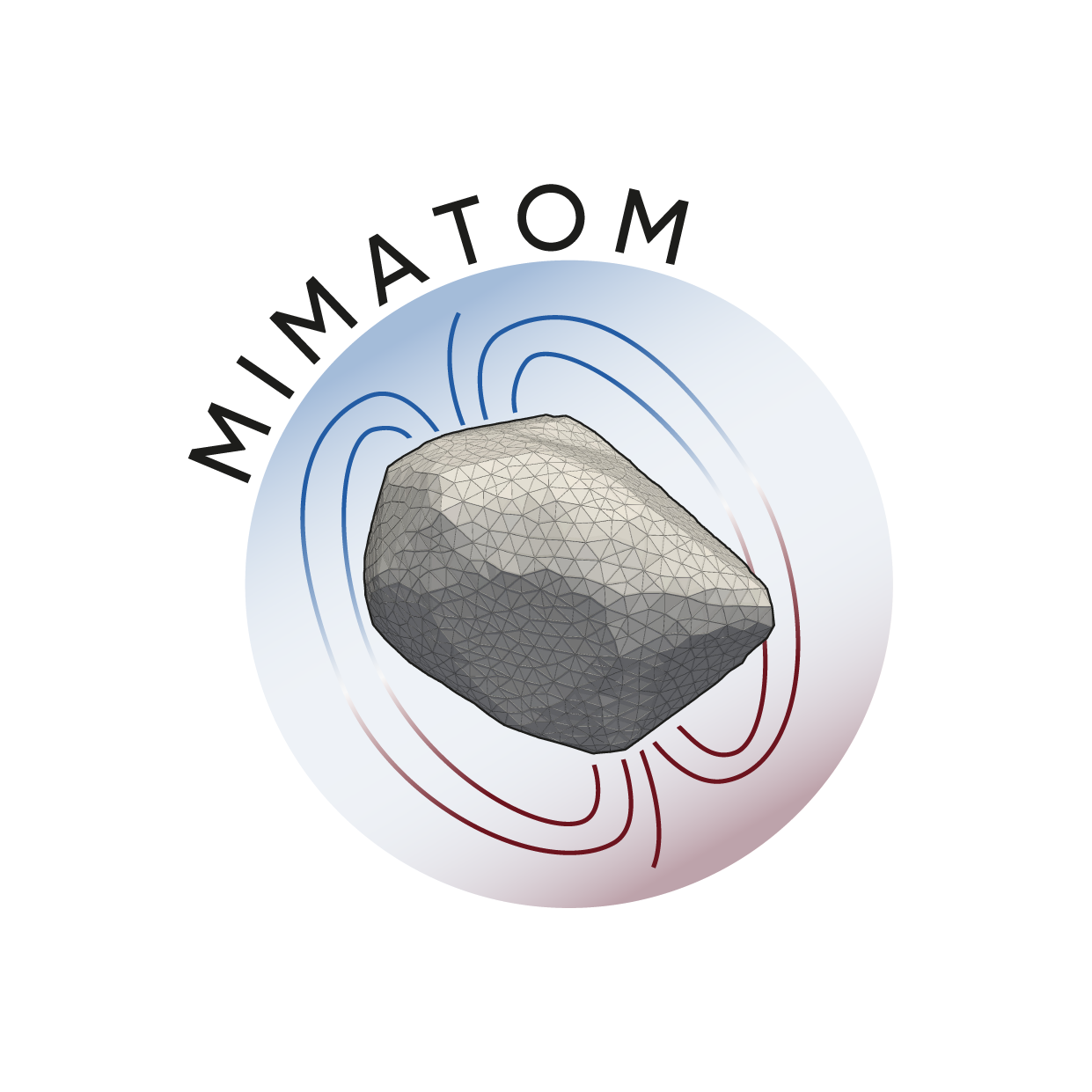In the context of Micromagnetic Tomography, the magnetic grains contained in a rock sample produce a magnetic signal that can be recorded in a magnetic scan surface or scan matrix. This magnetic signal is the magnetic field or derivative of the magnetic potential of the grains. In order to find the magnetic moments associated to each of the magnetic sources, i.e. the grains, an inversion problem has to be formulated such that the scan surface data is inverted to solve for the individual dipole and higher order magnetic moments. Accordingly, potential theory is applied to write the individual magnetic potential of every grain into a matrix equation that can be mathematically inverted.
Micromagnetic Tomography has developed two different models to formulate this potential problem:
- In one of them magnetic grains are discretized into cuboids which allows to calculate the magnetic potentials of the grains analytically and consequently find the associated magnetizations, which are given by dipolar magnetic moments.
- In an different model, the magnetic potential of every grain are computed from an expansion center within the grain. By applying a spherical harmonic expansion the dipole, quadrupole and higher order moments, i.e. multipole moments, of every grain can be found.
In order to guarantee that the solutions found in the potential inversion problems are unique, the locations of the grains are provided via tomographic data. Additionally, Fabian and de Groot proved that when the grains are topologically separated, or sufficiently far apart such that spheres containing each grain do not overlap, this inversion problem has unique solutions.




